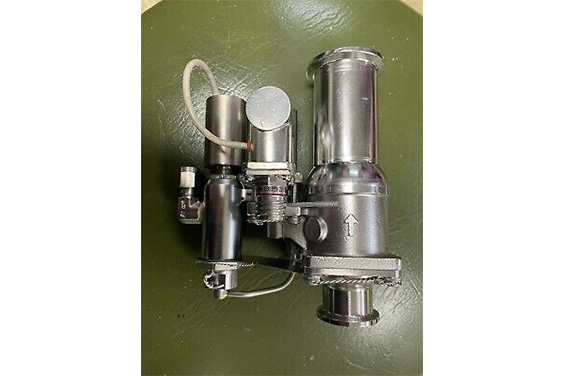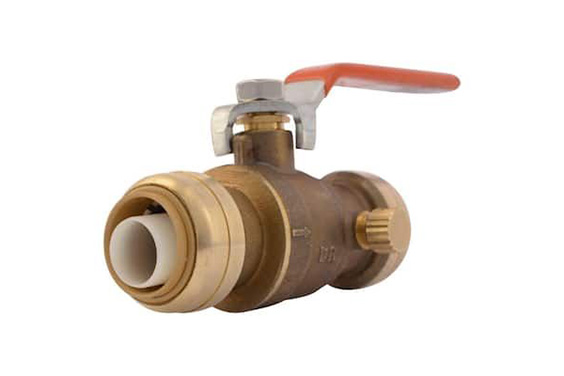Drain valves are a common feature on water heaters, but what if your heater doesn’t have one? In this tutorial, we’ll show you how to drain your water heater without using the valve. This is a handy trick to know in case of a malfunction or if you need to replace the valve. So let’s get started!
How To Drain A Water Heater Without Drain Valve
Here are detailed directions on how to drain a water heater without drain valve:
1. Turn off the power
To turn off the gas or electricity to your water heater, you will need to turn off a circuit breaker or shut off a gas supply valve. You may need to access the electrical panel in your basement or crawl space, or even go outside to access the gas supply valve.
Drain any remaining water out of the tank. Open up all faucets and run them until they are completely drained of water. If there are no faucets on your water heater, then you can drain it by opening up a hot-water faucet that is located near your water heater (usually in your bathroom).
2. Remove any sediment from inside the tank
If there is sediment built up at the bottom of the tank, this needs to be removed before draining it completely. You can remove this sediment by attaching an extension tube onto either end of a garden hose and sticking one end into the bottom drain hole of your hot-water tank and one into an open sink drain nearby (keep running cold tap water for extra flow).
Turn on both faucets so that you have plenty of pressure coming out of both ends of the hose and let it run for several minutes until all sediment has been flushed out through the sink drain.
Once this is done, make sure all taps are closed so as not to lose any more precious hot-water! Drain out remaining water completely. Once you have removed all sediment from your tank, open up a faucet on the highest level possible and let the water run until it is completely drained out of your tank.
3. Close off any openings in the top of your water heater
After draining it out, close off any drain holes or access ports at the top of your water heater with either a screwdriver or some duct tape (so that no foreign objects can get in). If you don’t do this step, then when you go to fill up your tank again with cold tap water, air will be able to enter into the tank causing an air lock which can prevent cold tap water from flowing inside of it.
Now that you have drained all remaining hot-water out of your hot-water tank and closed everything back up properly so as not to lose any more hot-water for future use, turn on the gas or electricity supply valve once again so that you can refill it back up with fresh cold tap water and restart using hot-water once again!
Can you drill a hole in a hot water heater to drain it?
Drilling a hole in a hot water heater may seem like an easy way to drain it, but this method is actually not recommended. The heating element in the hot water heater is located at the bottom of the tank. If you drill a hole in the side of the tank, the water will drain out, but the heating element will remain full of water. This can cause the element to overheat and potentially break.
In addition, if there is any sediment at the bottom of the tank, it will also be released into the water when you drill a hole. This sediment can clog pipes and fixtures, and it can also cause the hot water heater to break down prematurely.
Can you drain a hot water heater through a faucet?
Draining your water heater on a regular basis is important for maintaining it. However, you may be wondering, can you drain hot water heater through the faucet? The answer is yes! Draining your water heater through the faucet is actually one of the easiest ways to do it. All you need is a garden hose and a few tools. First, shut off the power to your water heater.
Next, locate the drain valve and attach the garden hose. Be sure that the other end of the hose is in a sink or drain. Finally, open the drain valve and let the water flow out. Once the water has finished draining, close the valve and turn the power back on. That’s all there is to it!
Draining your water heater through the faucet is a quick and easy way to keep it maintained.








